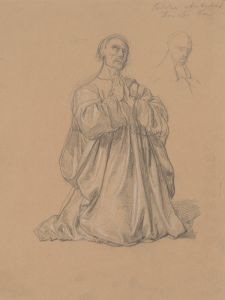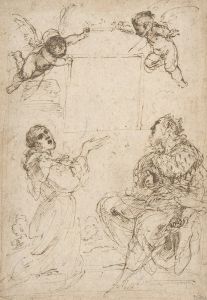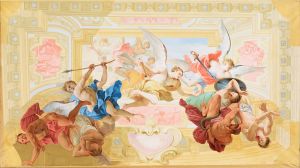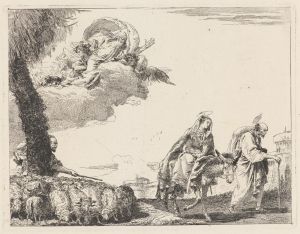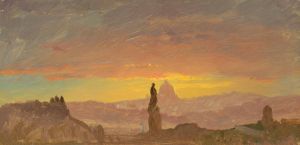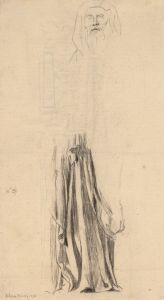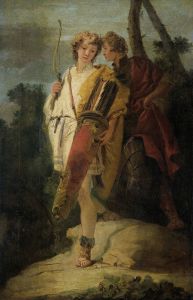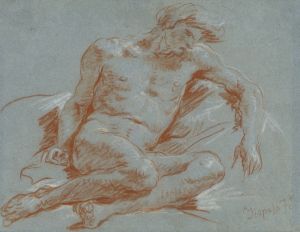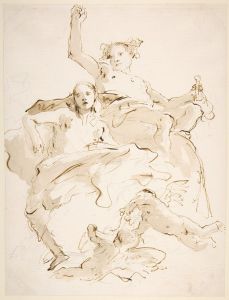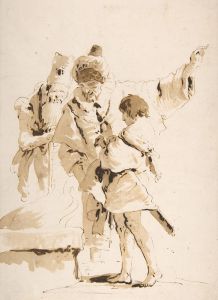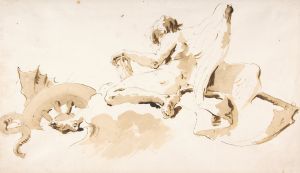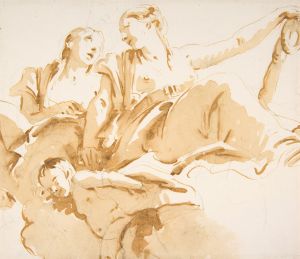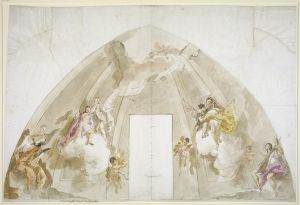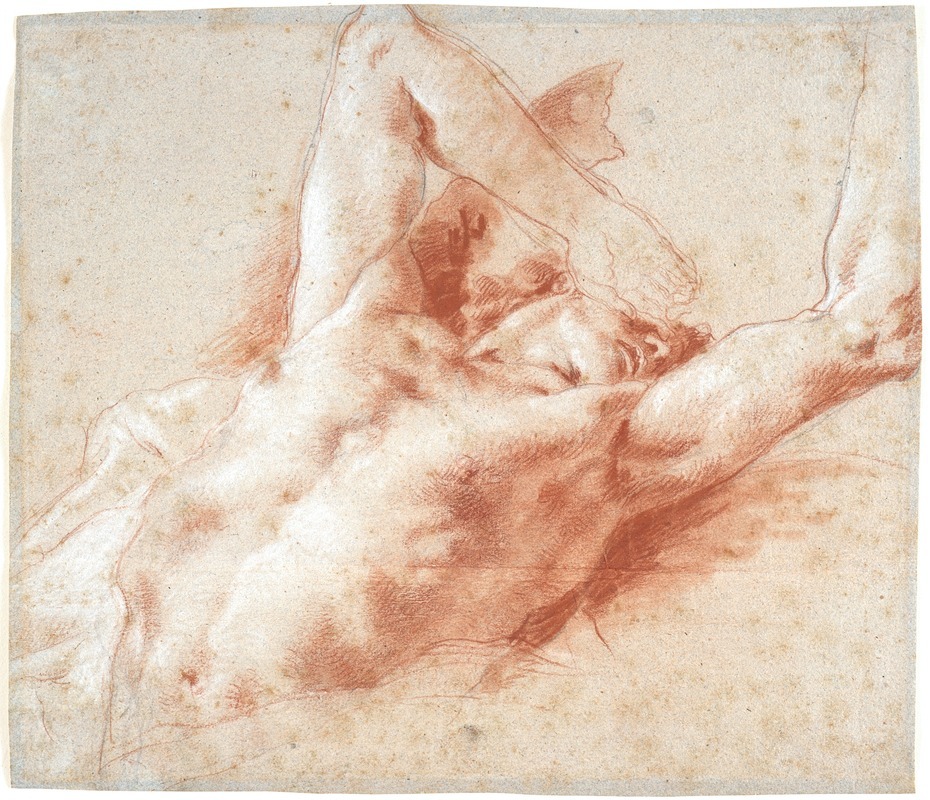
A Fallen Angel
A hand-painted replica of Giovanni Battista Tiepolo’s masterpiece A Fallen Angel, meticulously crafted by professional artists to capture the true essence of the original. Each piece is created with museum-quality canvas and rare mineral pigments, carefully painted by experienced artists with delicate brushstrokes and rich, layered colors to perfectly recreate the texture of the original artwork. Unlike machine-printed reproductions, this hand-painted version brings the painting to life, infused with the artist’s emotions and skill in every stroke. Whether for personal collection or home decoration, it instantly elevates the artistic atmosphere of any space.
Giovanni Battista Tiepolo, an Italian painter and printmaker, is renowned for his grand and dramatic compositions, often featuring mythological and religious themes. However, there is no widely recognized painting titled "A Fallen Angel" attributed to Tiepolo. It is possible that there might be some confusion with another work or that the title is not the one commonly used in art historical references.
Tiepolo was born in Venice in 1696 and became one of the most important painters of the 18th century. His work is characterized by its vibrant color palette, dynamic compositions, and the use of light to create dramatic effects. Tiepolo's paintings often depict scenes from classical mythology, the Bible, and history, rendered with a sense of movement and grandeur that was highly influential in the development of the Rococo style.
One of Tiepolo's most famous works is the series of frescoes he painted for the Würzburg Residence in Germany, completed between 1750 and 1753. These frescoes are celebrated for their scale and the masterful way in which Tiepolo integrated architecture and painting to create an immersive experience. His ability to convey complex narratives with clarity and elegance is evident in these works, as well as in his numerous altarpieces and ceiling frescoes found throughout Italy and beyond.
Tiepolo's style is marked by a lightness and airiness, achieved through his use of soft, luminous colors and fluid brushwork. His compositions often include a multitude of figures, each carefully arranged to guide the viewer's eye through the scene. This skillful orchestration of elements is a hallmark of Tiepolo's work and contributes to the sense of drama and movement that defines his paintings.
In addition to his large-scale frescoes, Tiepolo also produced a significant number of etchings and drawings. These works on paper reveal his keen interest in exploring different techniques and his ability to convey emotion and narrative through line and form. Tiepolo's etchings, in particular, demonstrate his mastery of chiaroscuro, the use of strong contrasts between light and dark to achieve a sense of volume and depth.
Tiepolo's influence extended beyond his lifetime, impacting artists across Europe and contributing to the development of the Neoclassical style. His sons, Giovanni Domenico and Lorenzo Tiepolo, were also accomplished artists and continued to promote their father's legacy through their own work.
While there is no specific information available about a painting titled "A Fallen Angel" by Giovanni Battista Tiepolo, his body of work remains a testament to his skill and creativity as one of the leading figures of the 18th-century art world. His contributions to the Rococo movement and his ability to convey complex narratives with elegance and clarity continue to be celebrated and studied by art historians and enthusiasts alike.





